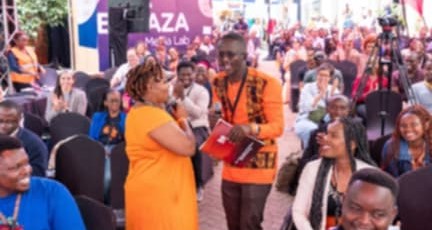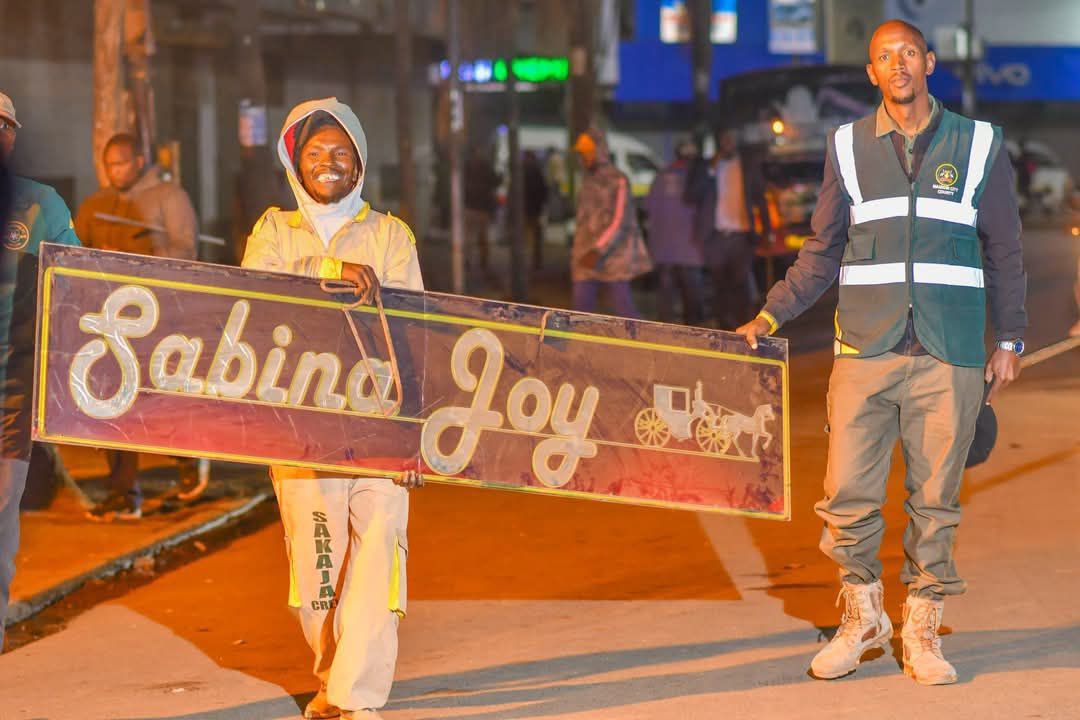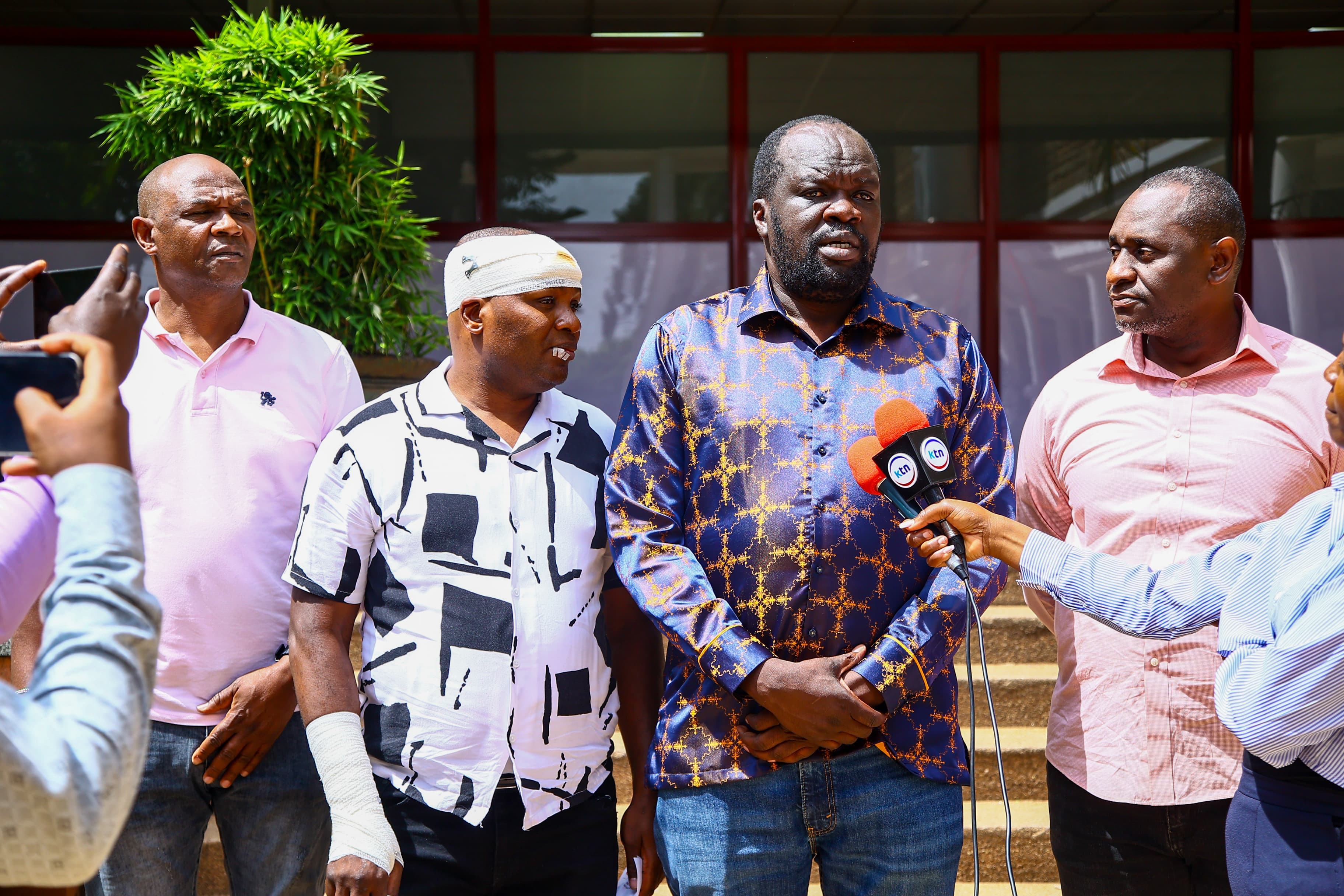Vulnerable Communities Still Unaware of Cautionary Climate Funds Mechanisms
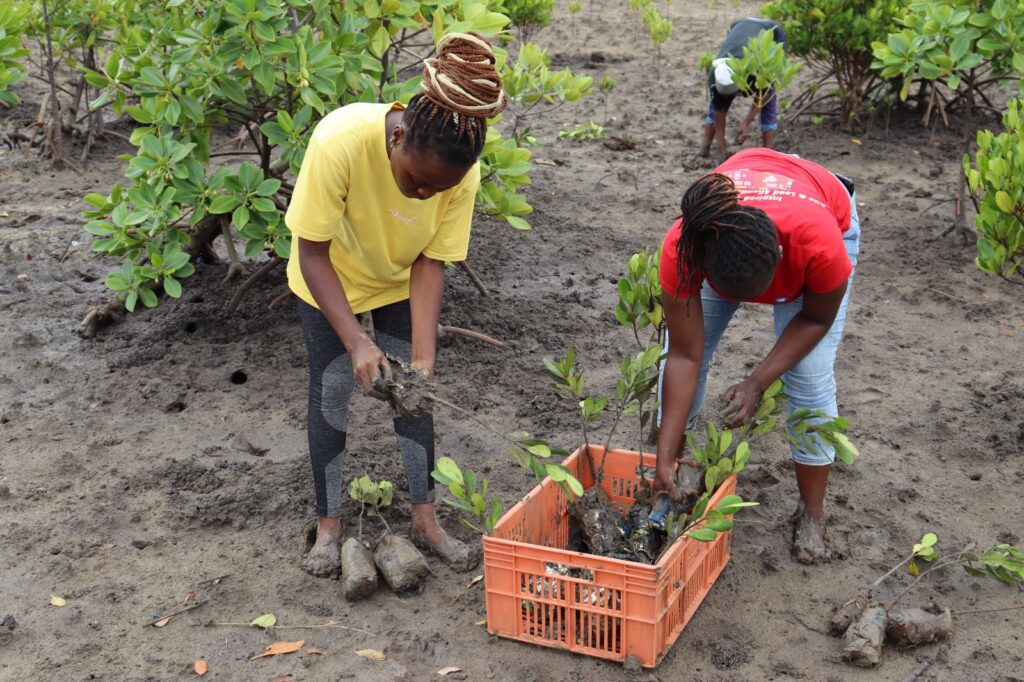
By Kenn Osoro
The vulnerable communities are still grappling to know and come to terms with the already existing climate change funds.
These are funds that were to be created and sourced to reduce the susceptibility of marginalized groups on the onset of climate crises and constrain their resilience to the impact of climate change.
Such related mechanisms to cushion the affected were developed under the establishment of the County Climate Change Fund (CCCF) mechanism to finance local adaptation activities in the devolved units.
The mechanisms were to be capitalized from county budgets, the National Climate Change Fund, and domestic and international partners.
Speaking on Tuesday during a two-hour virtual meeting organized by the Young Women’s Christian Association, Kaltuma Rashid from WomanKind, a national NGO, reiterated the lack of campaigns and awareness on climate finance.
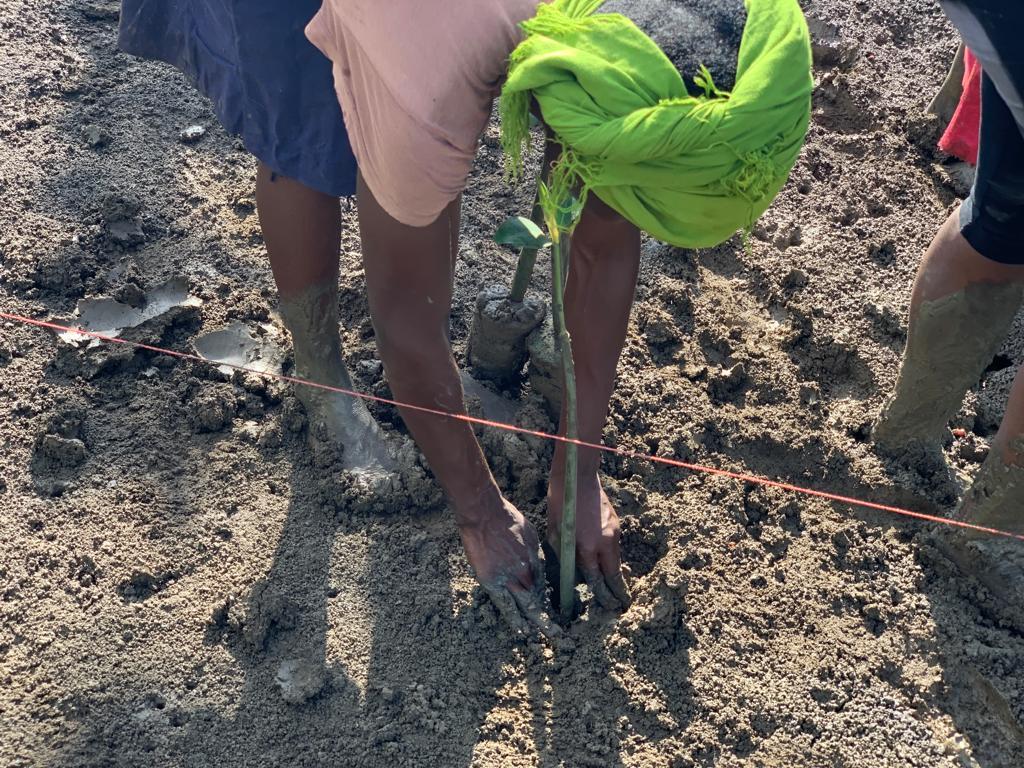
She noted that most people especially the marginalized are unaware of the climate fund mechanisms meant to cushion them against adverse effects of climate change.
“Majority is not aware of the flloca program and such related climate change fund due to lack of campaigns and awareness to educate them on climate financing.” She said.
Collins Otieno, Climate Change and Development Practitioner, on her part, said that climate change projects can only be actualized by the marginalized groups who are the most affected.
He stated they should be at the center of any program laid down as a cautionary measure in response to climate crises.
Read Also:YWCA urges indigenous groups to embrace Climate Smart Farming
“You need to enhance the capacity and institutionalize these funding mechanisms to work well for the targeted groups. That is when we will actualize and realize the intended goal.”
The Climate Finance and Innovations Practitioner at Hivos also added that the climate finance mechanism should always be a community-driven initiative terming it as a ‘bottom-up’ approach and plan.
This alludes to the fact that the main objective of the funds was to finance local adaptative capacity and mitigation in the devolved units and provide practical ways to build long-term resilience.
The Kenyan geographical landscape favored the implementation of the County Climate Change Fund upon its establishment.
This provided a proper structure for the national government to channel climate finance to counties and later to subsequent communities.
KaltumaRashid, on her part, noted some of the gaps still being experienced in the provisions of such funds. She said the funds are insufficient to cushion the long-term climate resilience.
“Available funds do not match the need and issues communities experience at the grassroots level.”
She called upon all the civil society organizations to come out and do a stringent follow-up on all the resources set aside to curb climate crises.
She also urged various county governments to review climate action policies to address the already filed complaints with regard to including vulnerable communities.
Her counterpart, Collins, also noted a collective modality role from every stakeholder to steer the conversation.
To support the implementation of the above-mentioned CCCF mechanism, every county was to form Climate Change Planning Committees in various wards. The representatives were to be natives.
A County Climate Change Planning Committee (CCCPC) is also supposed to be formed to give technical support to the ward representatives in the local committee. The county committee is also mandated to approve any proposals made to curb effects of the climate change.
Other key available mechanisms include Climate Information and Resilience Planning which incorporate systems of involving area residents in the county climate action budgeting processes.
These processes allow the county government and its subjects to discuss pertinent issues on climate change.
These CCCF components are geared towards supporting capacity building in the county-ward strategic plan.
It encompasses grants to support the setting up of the ward climate planning committees and, the ward climate change unit.
Other components include Resilience investment grants (CCRI) which are climate change grants channeled to the communities to fund the projects that those communities have prioritized.
Globally, Collins Otieno puts into context Article 9 of the Paris Agreement (2015) which stipulated that developed county shall provide financial resources to assist developing country parties concerning both mitigation and adaptation of climate change.
“We have well-known financing mechanisms for climate change adaptation and mitigation, such include Paris Agreements Article 4,6,7,8 and 9 anchored on climate finance negotiations. These were meant to aid developing countries,” He said.
Similarly, Article 11 of The Kyoto Protocol also recognized the need for financial mechanisms to fund climate change activities by the developing countries in the world.
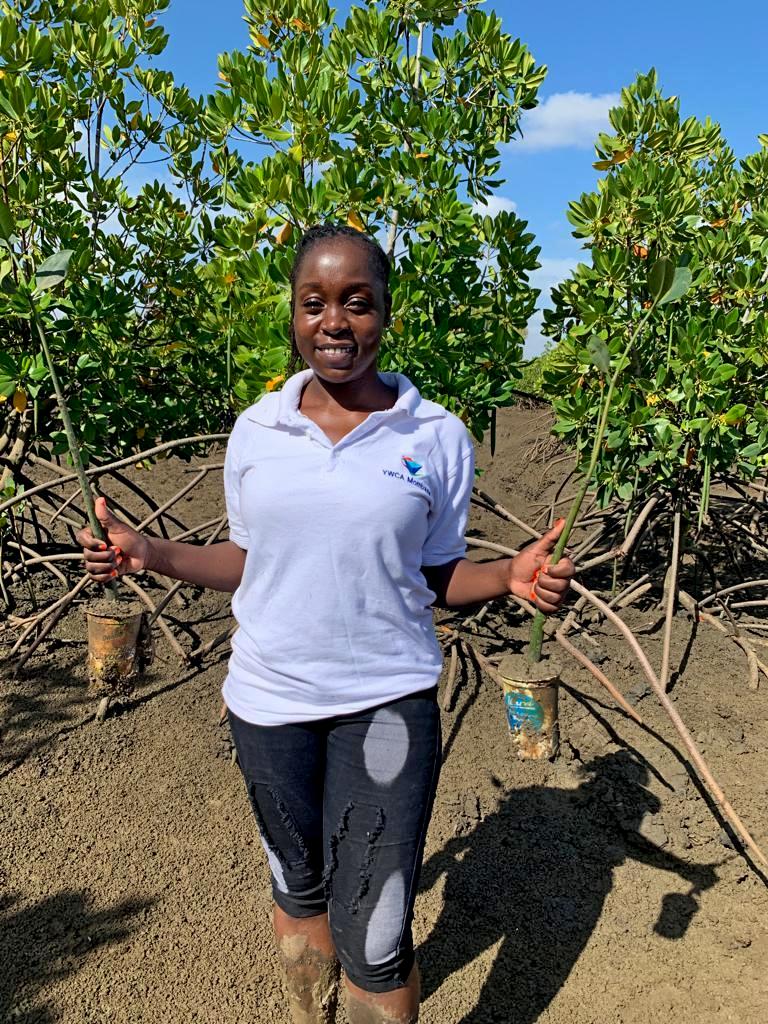
Developed countries in the two already mentioned agreements were to mobilize funds to kick-start laid-down climate adaptation and mitigation strategies in the developing countries.
YWCA was founded in 1912 to empower women and girls. They have taken significant programs towards promoting African youth, women, and indigenous communities through stakeholder dialogue engagement in climate adaptation and mitigation.

